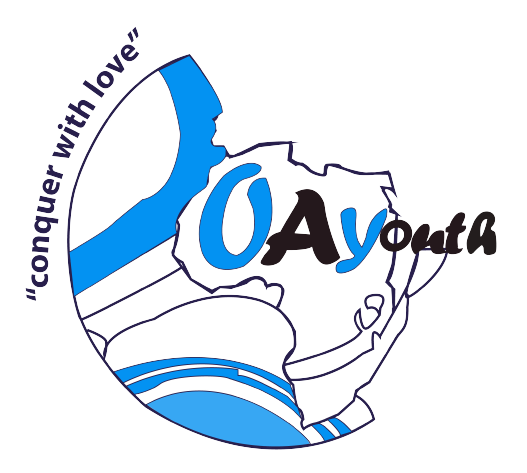.jpg)
Growth and Development
According to the World Health Organization (WHO), adolescence is a period marked by significant growth, remarkable development and changes in the life course for boys and girls, filled with vulnerabilities and risks, as well as incredible opportunities and potential. The experiences of adolescents shape the direction of their lives and that of their families. Therefore, paying attention to adolescents’ health and education is a
life-time investment that is likely to have positive effects on behavior and lifestyle during the eternity of their life.
In NCPD’s ground breaking publication titled Improving Sexual Reproductive Health Information and Services For Youths – It’s Worth It!!, it is noted that In their youthful years young people develop many of the habits, behaviors and relationships that they will carry into their adult lives. Their habits, health seeking behaviors and the choices they make at this stage in life have both direct and indirect impact on their lives and it affects their productivity in terms of personal and national development.
About 800,000 young people enter the labor market annually, yet about 35% are absorbed in comparison to the 10% national unemployment rate. To address this situation, the government has developed a raft of measures in line with Big 4,and National Youth Policy, Kazi Mtaani, Kenya Youth Employment Project, Youth Enterprise Development Fund, National Gender and Affirmative Action Funds, and Ajira Digital Project among others. However, the level of unemployment is still rising leading to negative socio-economic impacts such as insecurity, exploitation and Gender Based Violence.
The major challenges Kenyan adolescents and youth face that have direct impact on their health and wellbeing include;
-
HIV/AIDS
-
Road Safety
-
Low quality education
-
Harmful Practices like FGM
-
Drugs and substance abuse
-
Early and risky sexual encounters
-
Skill gaps, unemployment and under-employment
-
Low contraceptive use and unmet needs despite demand
-
Unintended pregnancy, early marriage and early child bearing
According to the 2019 census report, Kenya is a youthful population recording 75% of its people below the age of 35 with adolescents between ages 10-19 years accounting for 24.5%
While efforts have been made to improve delivery of OAY programmes and their participation, including investments by government, donors and private sector to address the above problems, challenges still persist.
Partly, these could be attributed to;
High unemployment and poverty
Participation of young people in
decision-making and development processes, prioritizing issues affecting them is affected by inability to better organize and engage objectively due to unemployment. In most instances, they are unable to resource their participation, convening and feedback delivery due to resource constraints.
Skills and knowledge gap
There is low capacity and skills of the youth, youth agencies, youth leaders and youth workers on policy processes, MAYE, representation, policy and evidence analysis and social accountability. Most youth and their leaders are more accustomed to more agile and interactive activities as opposed to less attractive and colorful policy processes and strategic engagements.
Haphazard youth work
Most people working with and for adolescents and youth in government, NGOs and youth organizations (youth workers as defined in youth policy 2019) are rarely experienced in the field leading to poor quality of youth work. Further, other than NYC Act, Kenyan lacks a legislation on youth work framework; and there is lack of clarity on youth function in Schedule 4 of the constitution that may hinder resourcing and monitoring especially at devolved levels.
Less friendly participation spaces
Equally, the youth participation and engagements spaces are characterized by gatekeeping by both youth leaders and decision makers, destructive competition among actors, sporadic information sharing, limited resourcing to support participation and tokenism. In some instances, young people have described some spaces as those with rigid practices, unbalanced access to resources, unfair power relations, and
pre-existing negative attitudes.
All these issues compound to increased dependency ratio and a struggling economic growth, yet the issues of this group are rarely planned, resourced and meticulously implemented. This is why OAY prioritizes wellbeing of young people through a proven framework comprising;
-
Agency & Resilience
-
Health and nutrition
-
Safety and a supportive environment
-
Learning, competence, education skills & employability
-
Connectedness,positive values & contribution to the society
